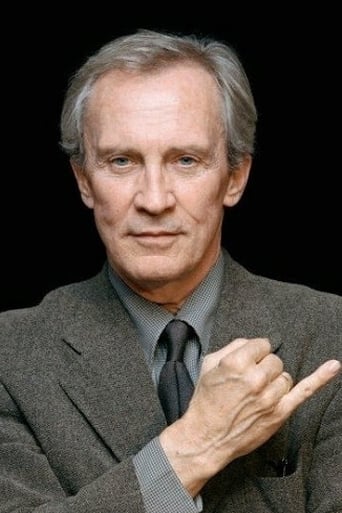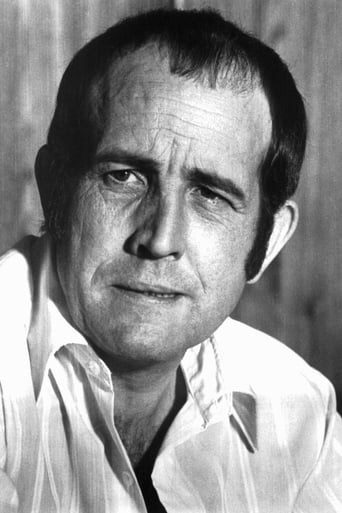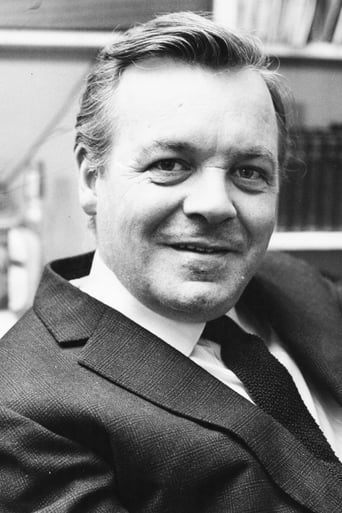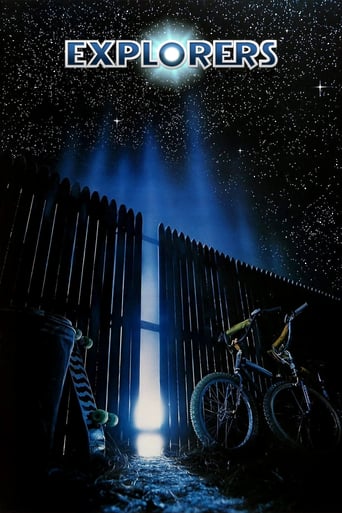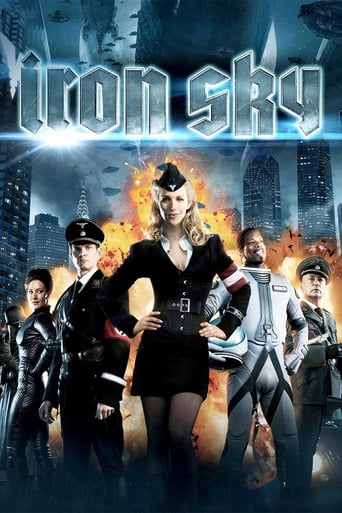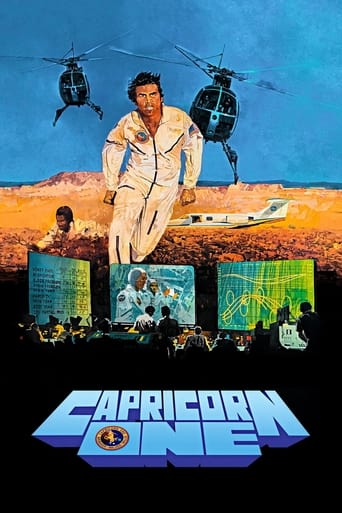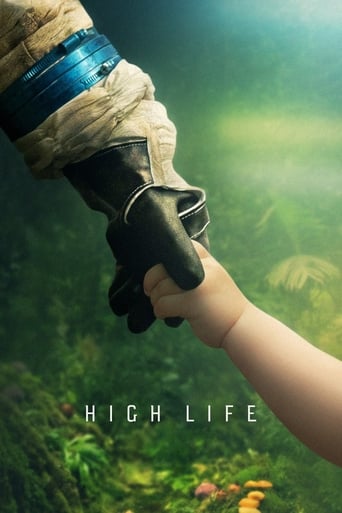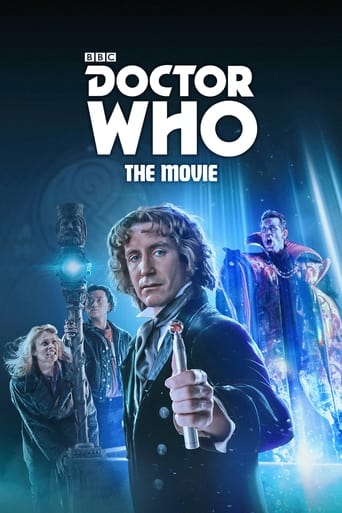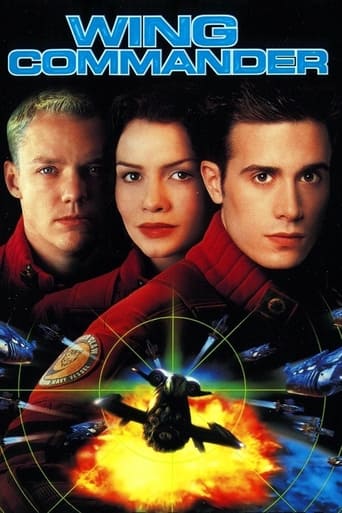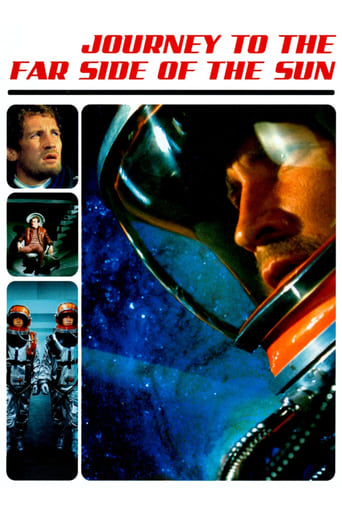
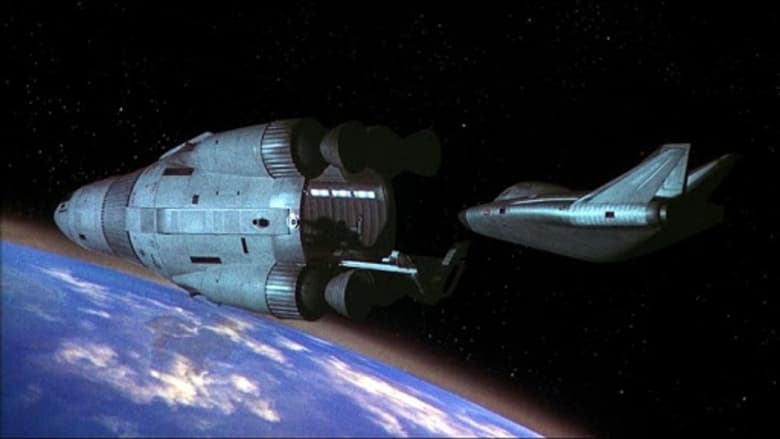
Journey to the Far Side of the Sun (1969)
A planet is discovered in the same orbit as Earth's but is located on the exact opposite side of the sun, making it not visible from Earth. The European Space Exploration Council decide to send American astronaut Glenn Ross and British scientist John Kane via spaceship to explore the other planet.
Watch Trailer
Cast


Similar titles
Reviews
Beautiful, moving film.
Am i the only one who thinks........Average?
Clever, believable, and super fun to watch. It totally has replay value.
It’s sentimental, ridiculously long and only occasionally funny
Saw this movie on TV in the very early 70s when I was about 10. I have to say the movie and the concept, pretty well freaked me out. Seeing it now is a great slice of nostalgia. So, it's 2069 and we still wear 60s mod fashions and use tape based computing. The only thing they got right was the sort of Apple Watch or Fitbit the Space Exec wears to monitor his heart. The wires don't show when they are weightless like in some movies. Great work with the camera angles! Great movie to watch on a slow Sunday A1. Roll up on the couch with the kids and the dogs and enjoy
Intriguing sci-fi entry has enough going for it, that it deserves to be better known. It stars Roy Thinnes as Colonel Glenn Ross, an astronaut selected to travel to a newly discovered planet that is on the opposite side of the sun. Accompanied by scientist Dr. John Kane (Ian Hendry), he crash lands on the new planet. Some time later, he's grilled by his associates, who believe that he didn't accomplish his mission (having arrived home too soon).However, this is only the beginning of a few twists that this nifty and entertaining movie throws at the viewer. Conceived and produced by Gerry and Sylvia Anderson of 'Thunderbirds' fame, it has a pace so slow that it's not going to be to all tastes. But patient audience members should appreciate the excellent, colourful visuals and the vibrant cinematography. The special effects are pretty good, for the most part. Barry Gray's music score is an enjoyable one.Once you realize the implications of the scenario, devised by the Andersons and Donald James, "Journey to the Far Side of the Sun" may look even better to you. It really does know how to hook you in.It benefits from excellent acting from all concerned: Thinnes as our hero, Mr. Hendry, Patrick Wymark, lovely ladies Lynn Loring and Loni von Friedl, George Sewell, Ed Bishop, and the too briefly seen Herbert Lom as a spy with cool gadgets at his disposal.Viewers are likely to remember the unexpected ending, which is violent and devastating. Certainly it's one of the darkest of endings to be found in this genre.Seven out of 10.
I usually enjoy these stories of duplicate universes or staged time changes. James Garner's "Thirty Six Hours" was fun. Garner plays a US officer with knowledge of the D Day landings in World War II. He's captured by the Nazis, who pose as Americans, tell him he's been suffering from amnesia, that the war was over six years ago, and -- by the way -- he knew all the details about the D Day landings, didn't he? Everything is rigged to convince Garner than it's six years later than it actually is. But small puzzling discrepancies appear, one by one, and they add up. Then the movie falls apart at the end.In the early 60s, an hour-long episode of "The Twilight Zone," called "The Parallel," sketched out the story of an astronaut who experiences a curious flash of light in mid-flight. When he returns to Earth, he finds everything just as it was, but again with some minor but inexplicable differences. The house now has a picket fence. His rank has mysteriously changed (two grades up). And both he and his loving wife and daughter sense there is something strange going on. And there is -- he's landed in a parallel universe where everything is ALMOST the same as it is on earth, but not quite.I've spent some time on these two earlier stories because both of them are so much superior to this piece of derivative junk. Essentially, "Journey to the Far Side of the Sun" is a remake of "The Parallel", but with a bigger budget a far more irrelevant sub-plots. It's weakly written. Part of the fun of the earlier stories was in watching these discrepancies, each insignificant in itself, generate a sense of disquiet.Not here. After we're done with all the technological gadgets and neon lights and buttons being pushed and arguments that seem to come out of nowhere and for no reason, there are no tiny discrepancies. Instead, there is one BIG REVEAL. Yes, everything is the same in the astronaut's other world, except that the prose is written backwards. The moment Roy Thinnes notices this, he concludes that he's not back on Earth at all but on that planet on the other side of the sun. How can he make this intuitive leap? Nobody knows. Credo quia absurdum.The ending, while tragic, is unfathomable. They fix up a craft that will take him to his orbiting space ship but the rockets don't fire (or something) and the little model of his lifting body smashes into the space center so that the movie can end with a big explosion.The director was Robert Parrish, not an untalented guy, and an award-winning editor. For a time he was part of the John Ford stock company until, like so many others, he crossed Pappy and was exiled. He may have been asleep at the switch here, though God knows there's not too much you can do with a lousy script and a bland hero.
"Journey to the Far Side of the Sun" (1969) is a beautiful movie with impressive special-effects (given the year) and is well worth watching, although ultimately disappointing. Part of the problem lies with the script. First, the initial fifteen minutes of the film feature some impressive espionage by Herbert Lom for which he is murdered, but this vignette seems to have nothing to do with the rest of the film. Second, the main theme of the film--that a second, identical Earth has been found behind the sun in orbit directly opposite of our Earth--is never explored beyond the superficial. Apparently the only things that distinguish this second Earth are that words are backwards and our internal organs are on the opposite sides. Oooh, wow. Perhaps if the producers had not spent so much time in the filming of the space-flight special effects, they could have dedicated more time to exploring the paradoxical effects of a reverse Earth. Still, the film does have an allure; you can feel the sincerity of the filmmakers.


